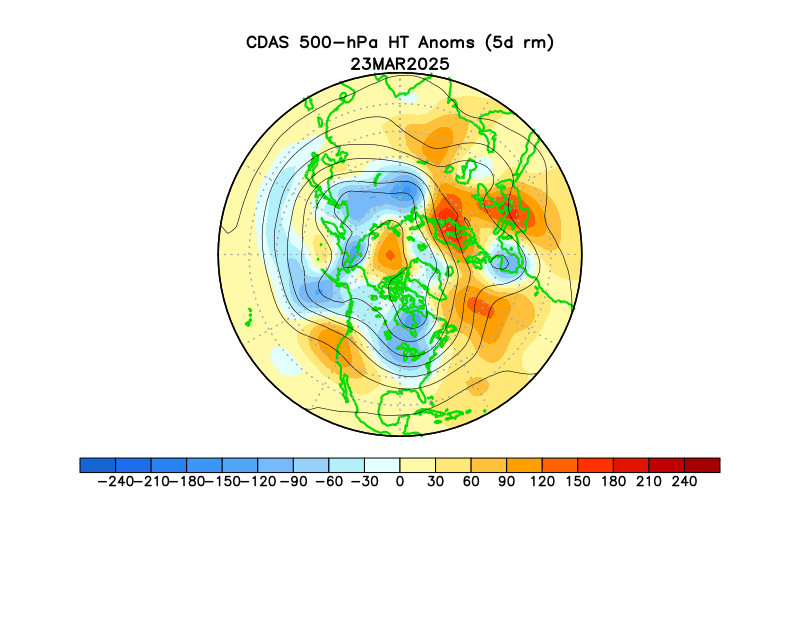
As we can see from the chart above we are in a cold phase of the PDO, and that means La Nina's should dominate the Pacific over the next 10-20 years since the PDO works in 30 year intervals typically. This years ENSO phase should be similar to last years La Nina which spells colder weather for us here in Jersey, or at least for the first half of the winter.
I always look at the current solar activity when making a winter forecast. Little is known about how the solar cycles affect the climate, but it doesn't hurt to look at it.

Above is a graph of the last solar cycle that spiked in late 2003. That solar cycle maximum was much weaker than what we saw in the 90's. A typical solar cycle lasts for around 11 years from minimum to minimum but the most recent went for over 13 years, something we haven't seen since the Dalton Minimum in the early 1800's. You may have heard of some solar storms lately but it's just the beginning of solar cycle 24 which is forecast to be much weaker than any other in modern history. Just take a look.
What will be the affects? It's almost impossible to say for sure, but past studies have suggested that low solar activity could throw the planet into a cooling phase. A good paper I suggest is by David Archibald who has been extremely accurate with his predictions over the past several years. Even better than NASA's predictions which originally forecasted a strong solar cycle which would peak in 2012. That's not going to happen, not even close. "Solar cycle 24: Implications for the United States" is the paper by Archibald and can be found on his website: http://www.davidarchibald.info/
A winter can be cold, but that doesn't necessarily make it a good one. There have been plenty of cold winters that lacked precipitation. That brings me to the next items on my list, the NAO or "North Atlantic Oscillation" and the AO or "Arctic Oscillation". Both of these have negative and positive phases, and for New Jersey we like to see them negative together. Over the past two winters we have had some crazy weather events and most of them were a cause of stratospheric warming events at higher latitudes which affected the AO and NAO. I know, you have no idea what I just said. I'll explain.

The animation above shows temperature anomalies in the stratosphere (up high in the atmosphere). Red is a warming event and blue is cooling. If you look closely at warming events in the animation you see how the jet stream buckles where ever they pop up. This is called blocking and allows for some wacky weather. Such as Mountain Creek in NJ getting 28" of snow and Killington VT gets 2" of plain rain during the same event! It happened in February of 2010 and guess why it happened? That's right, a blocking event directly related to a strong stratospheric warming event. For you global warming fanatics, no this is not because of global warming. A warming stratosphere happens when the troposphere (the surface, where we live!) becomes colder than normal. The opposite goes for cooling events in the stratosphere.
Last year these stratospheric warming events continued despite the end of a El Nino and a start of La Nina. A major warming (though not as major as the year before) event happened in mid-December followed by 32" inches of snow in eastern part of New Jersey. January brought more warming events which lead to the snowiest month in history for much of the state. The signs are obvious and need to be looked at with a fine tooth comb. Looking through all the signs, only one thing has changed since last winter. That being the phase of the QBO or "quasi-biennial oscillation". And it's shift points toward a more ominous winter than last.

The QBO is basically winds between 10mb-100mb. These winds shift from easterly to westerly every 20 to 36 months. As of August the winds officially became easterly, just like they were in the winter of 2009-2010. Last winter I only expected average snowfall for the region and we went over by about 10"-15". This is because last winters westerly phase of the QBO should have helped to suppress stratospheric warming events. Therefore winter shouldn't have been as bad as 2009-2010, and for NW Jersey it wasn't! I can't say the same for NE Jersey. We have entered a easterly phase of QBO and it means more and stronger strat warming events.
This was only my pre-cast. My official winter forecast will be out later this month. There is a lot to talk about and I couldn't possibly do it in one blog post without putting everyone to sleep. If you ask me, this coming winter might leave last year in the dust...






1 comment:
I love the tease you added at the end.
Post a Comment